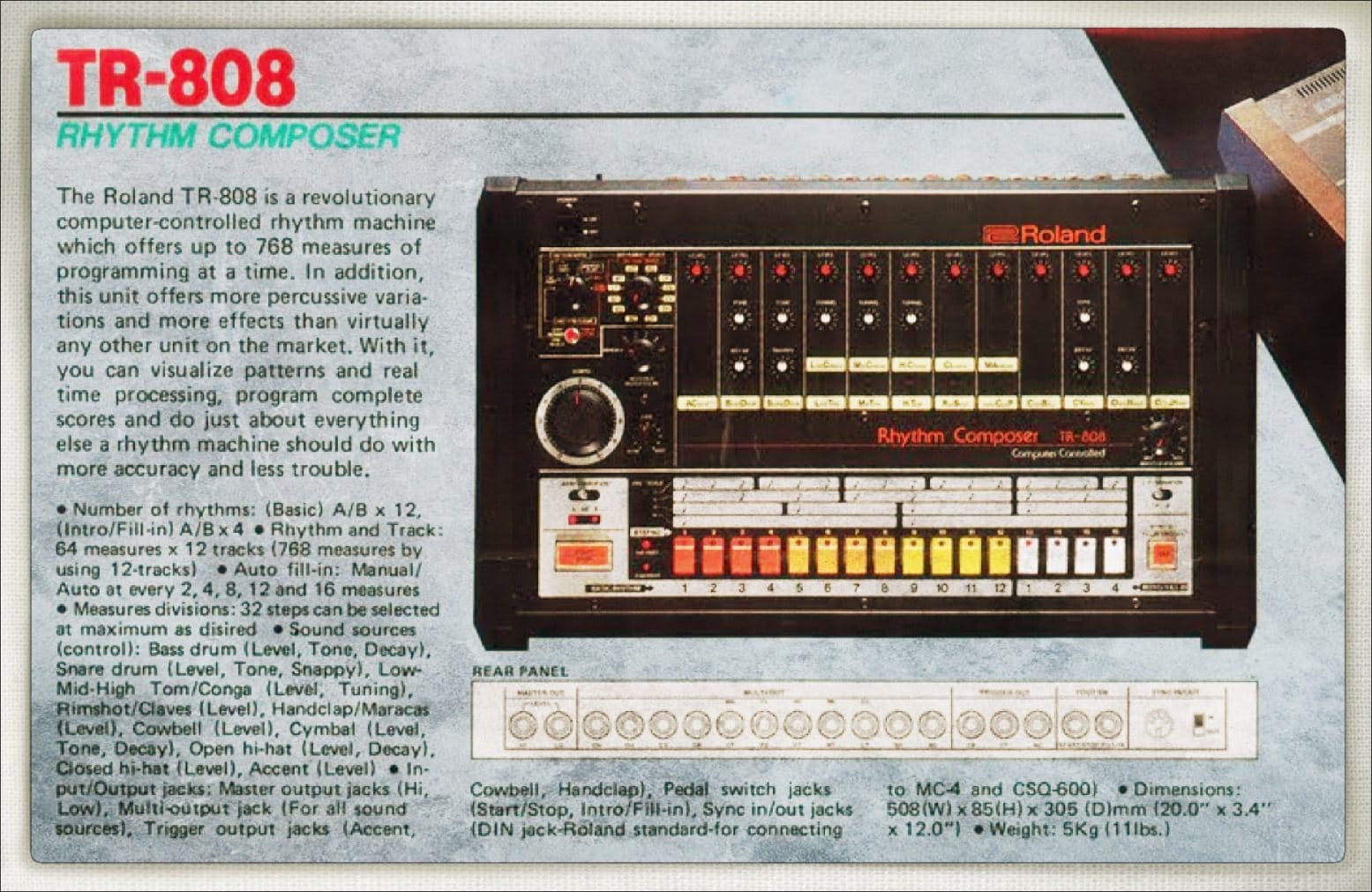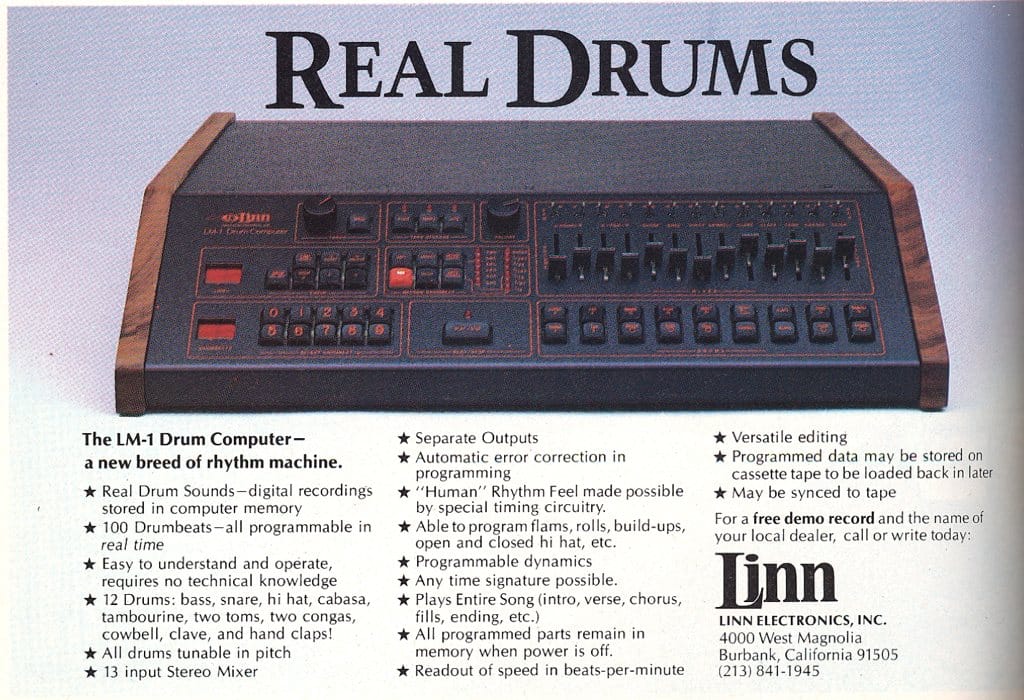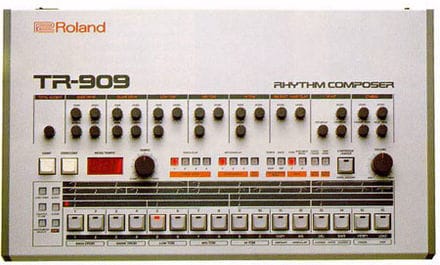Classic Drum Machines of the 1980s: The Beat Behind Iconic Tracks
The 1980s were a golden era for music technology, and few inventions had as much impact as the drum machine. These compact, programmable devices revolutionized music production, providing producers and musicians with rhythmic precision and a new palette of electronic sounds. From pop to hip-hop, drum machines became the backbone of countless hits, shaping the sound of an entire decade. Let’s take a look at some of the most iconic drum machines of the 1980s and the famous songs that brought them to life.
Roland TR-808: The King of Beat Machines
No drum machine is more iconic than the Roland TR-808 Rhythm Composer. Released in 1980, the 808 was initially dismissed for its unrealistic, synthetic sounds. However, its deep bass kicks, sharp snares, and crisp hi-hats soon became a staple in hip-hop, electro, and dance music. The 808’s affordability and unique sound made it a favorite for pioneering artists.
- Marvin Gaye’s “Sexual Healing” (1982) features the 808’s unmistakable cowbell and clap, giving the track its smooth, rhythmic groove.
- In hip-hop, the 808 became legendary, powering tracks like Afrika Bambaataa’s “Planet Rock” (1982) and Beastie Boys’ “Paul Revere” (1986).
- Even decades later, the 808’s influence persists, with modern hits like Kanye West’s 808s & Heartbreak paying homage to its legacy.

LinnDrum: The Sound of the ’80s
The LinnDrum, released in 1982, was the successor to the Linn LM-1, the first drum machine to use digital samples of real drums. Its realistic sound made it a favorite for pop and rock artists looking for a polished, studio-quality beat.
- Prince’s “When Doves Cry” (1984) features the LinnDrum’s tight, punchy sounds, creating a minimalist yet powerful rhythm.
- Gary Numan’s “Music for Chameleons” (1982) and The Human League’s “Don’t You Want Me” (1981) also relied on the LinnDrum’s crisp snares and toms to define their synth-pop sound.

Oberheim DMX: The Hip-Hop Pioneer
The Oberheim DMX, introduced in 1981, was another sample-based drum machine that became a cornerstone of early hip-hop and electro. Its gritty, punchy sounds were perfect for the raw energy of the genre.
- Run-D.M.C.’s “It’s Tricky” (1986) and LL Cool J’s “Rock the Bells” (1985) both used the DMX to create hard-hitting beats that defined the golden age of hip-hop.
- The DMX also found its way into pop music, most notably on New Order’s “Blue Monday” (1983), where its driving rhythm helped create one of the best-selling 12-inch singles of all time.
Roland TR-909: The Birth of House and Techno
While the Roland TR-909 was released in 1983, its impact was felt most strongly in the late ’80s and early ’90s. Unlike the 808, the 909 combined synthesized sounds with sampled elements, offering a more aggressive and versatile sound. It became the foundation of house and techno music.
- Phuture’s “Acid Tracks” (1987), often credited as the first acid house track, used the 909’s booming kick and snappy snare to create a hypnotic groove.
- Inner City’s “Good Life” (1988) and 808 State’s “Pacific State” (1989) also relied on the 909’s iconic sounds to define the emerging electronic dance music scene.

Legacy of the ’80s Drum Machines
The drum machines of the 1980s didn’t just provide beats—they shaped entire genres and influenced generations of musicians. From the TR-808’s booming bass to the LinnDrum’s polished snares, these machines brought a new level of creativity to music production. Today, their sounds are still celebrated, whether in vintage hardware, software emulations, or modern productions. For anyone exploring music production, understanding these classic machines is essential—they’re the heartbeat of modern music.


Member discussion: